History
The OTC Timber Timeline
1932: OTC Timber opened for business with a single employee – the owner Bert (Albert) Wilshier selling timber and fencing materials off the site it still occupies today. Bert lived in a small house at the back of the section and in the winter when a horse and cart could not get around the yard Bert used to carry the timber on his shoulder to the front gate where it was collected.
1937: Labour’s State House Rental Scheme provided a boost to the building sector, allowing Bert to purchase an old dairy factory adjacent to his site which included a railway siding. Hardware, Coal and Joinery manufacturing were added to timber as the company expanded to now employ 12 people, a brand new Fargo truck was bought to deal with increasing orders.
1939: The Outbreak of war saw the building industry come under the control of the Commissioner of works and house building was frozen. The whole of the industry was concentrated on defence buildings, Army Camps, Air Force Depots stores etc.
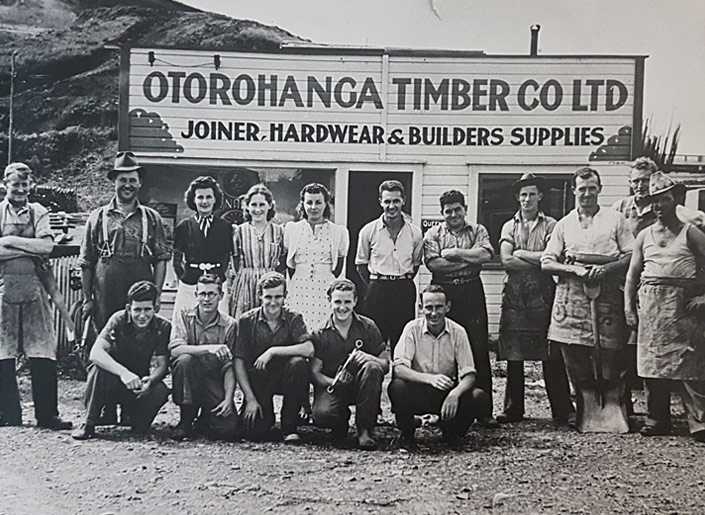
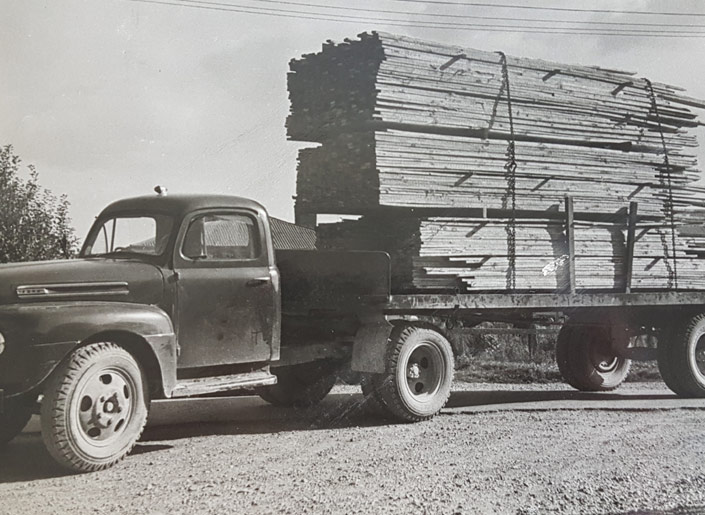
All reserves of timber had been used up. The government took back the factory building converting it to a cheese factory. They also took his Fargo truck as it was needed for the war effort. As well as running his own company, during the war years, Bert was the area’s Building Coordinator and he reported to Sir James Fletcher who later founded Fletcher Timber.
1945: The post war era presented huge challenges to O.T.C. Bert had been given back his Joinery Factory but building products were at an absolute premium. To secure a regular supply of timber Bert purchased the Te Anga Sawmilling Co renaming it Piri Piri Sawmills and cut Native Timber for the next 15 years providing O.T.C with framing timber for the yard and clean heart Rimu and Matai timber for the expanding Joinery division. Bert also negotiated important distributorships of building materials – New Zealand Forest products – Winstones – James Hardie – Fletchers – Henderson and Pollard – AHI – Waipa Sawmill (Statecraft) to name a few.
The deals were done on the basis of honesty, integrity and above all credit worthiness. These were ethics that the company was founded on and remain true to this day. A man’s word was his bond and Bert ensured that his sons honoured these rules.
1953: With the building industry busier than ever, Bert was joined by his 3 sons who took key roles within the business and over the next 20 years helped to grow and evolve with the changing industry, quickly adopting pine over the less sustainable native option.
1974: OTC was a founding member of Mitre 10 and with two original Mitre 10 stores, one on site in Otorohanga and the other in Te Kuiti. OTC were also the Official manufacturers of Nebulite Aluminum being the second NZ appointed franchise and later opened a sales office in Hamilton trading as Nebulite Industries.
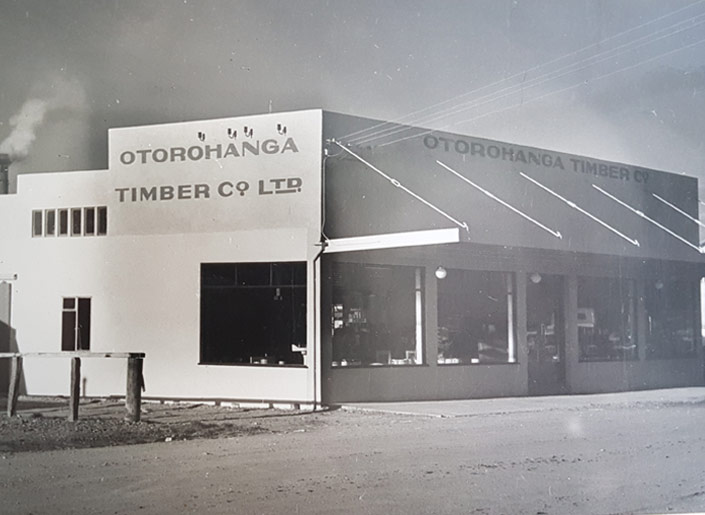
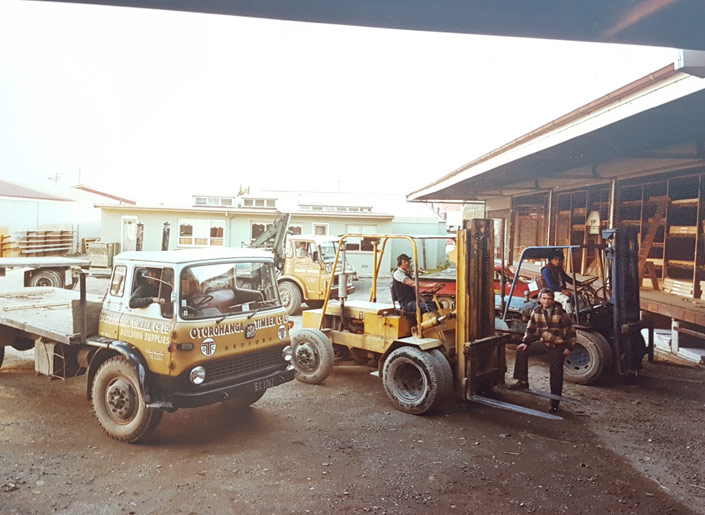
1990: OTC had a disastrous fire which destroyed half of the Company’s manufacturing facilities. A large Joinery factory and several Timber and Hardware storage sheds were razed to the ground. Steve Wilshier had joined the company and together with his dad Graham and his uncle Bruce set out to reposition the diversified company that O.T.C had grown into back to a Timber Re manufacturing Plant with a strong focus on the Australian Market.
Both of the Otorohanga and Te Kuiti M10 Stores were refurbished and later sold together with the Customtone Kitchen division. While this was happening the company moved rapidly to set up its Timber Processing Operation.
2004: With the third generation now taking charge of the company, OTC became the first Australasian company to use the Purbond polyurethane adhesive in its finger jointing operation. This user friendly high performance glue enhanced OTC’s position in the market. Staff numbers increased to 68 in order to handle increased sales volumes and product mix.
2009: A strategic review resulted in a decision to significantly reinvest in the company, this included: A new planer and grinding technology from Weinig, an on-site LOSP treatment plant, significant improvements and additions to sheds including added shed space and improved staff facilities, a new System TM cutline, automated finger jointer and a new band saw.
2010: Several of the smaller sheds were vacated, demolished and rebuilt throughout the winter and spring of 2010, but the rebuild of the machining shed without sacrificing production output was a challenge.
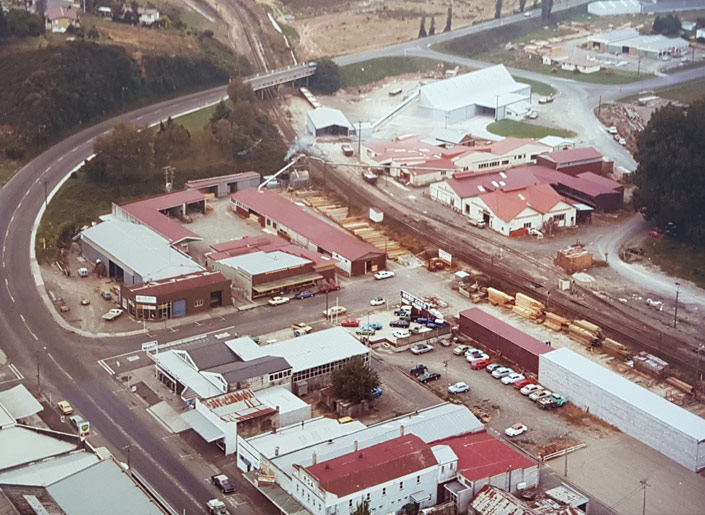
Talk to us about your project

Contact Us
- 2 Ranfurly St,
- Otorohanga 3900,
- New Zealand
- New Zealand
- Phone: 07 873 8079
- Email: otcinfo@otctimber.co.nz
